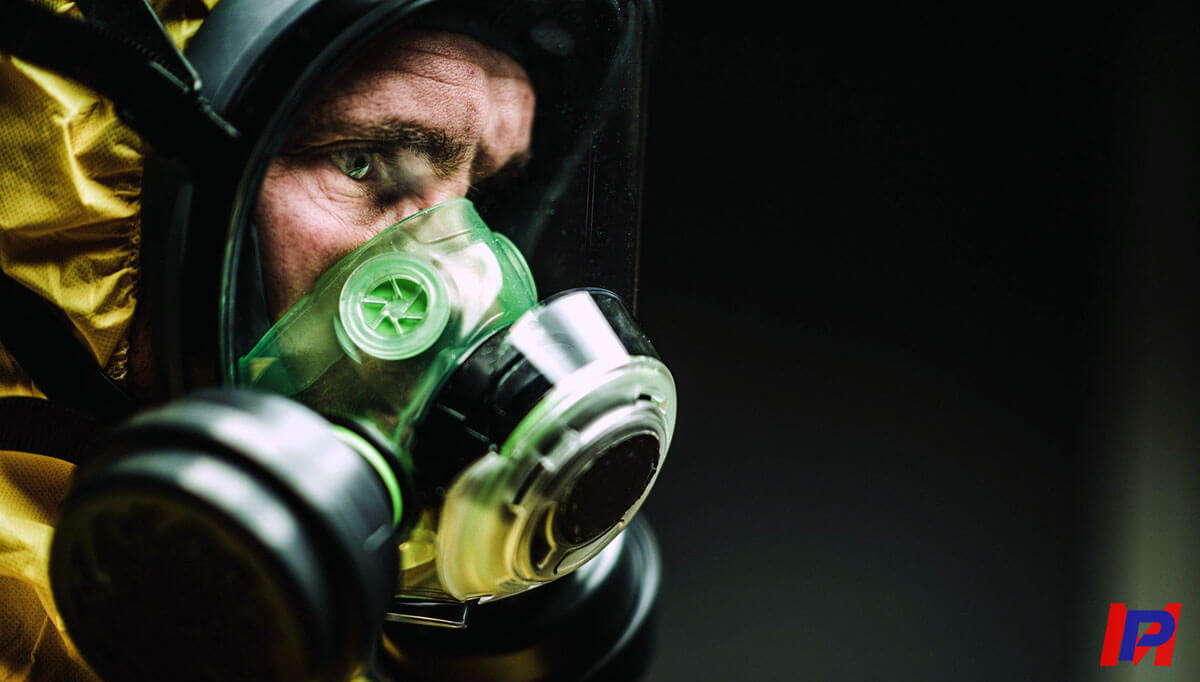Two scientists from Leeds University have refuted a Wall Street Journal article that defends the theory of a laboratory leak of SARS-CoV-2, assuring that no evidence is presented. does scientifically support the concept of a laboratory leak of a genetically modified virus.
Written by Keith Grehan, Fellow in Molecular Biology, and Natalie Kingston, Fellow in Virology, this rebuttal was posted Wednesday on The Conversation, an online outlet that publishes news and articles written by academics and researchers.
“The authors of the WSJ article claim that the SARS-CoV-2 virus was created in the laboratory due to the presence of a ‘CGG-CGG’ sequence. They claim that it is a pair of “readily available and convenient” codons that scientists favor to produce the amino acid arginine, “they say.
Now, they add, “for anyone familiar with the techniques required for genetic modification, this double CGG is generally no more difficult or easy to produce than any other codon pair that encodes arginines.”
“Disappointingly, many other news articles seem to have accepted and repeated the assertions of the WSJ article,” Keith Grehan and Natalie Kingston continue.
“The origin of the SARS-CoV-2 virus may not have been elucidated, but no evidence presented in the WSJ article scientifically supports the concept of a laboratory leak of a genetically modified virus,” conclude the two British scientists.


